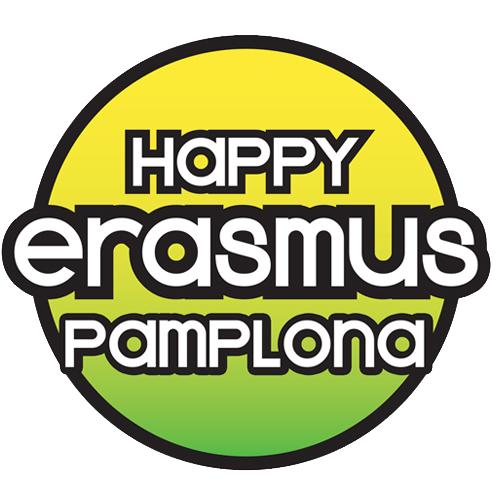Another amazing trip awaits you! Come with us to explore the medieval Castle of Olite, where you'll walk the steps of kings, queens & Dothraki warrior and discover the filming location of some of your favorite scenes from Game of Thrones. We will also experience the unique landscape of the Bardenas Reales, the only desert-like area in Spain.
BARDENAS REALES
Bardenas Reales is a large natural park in the southeast of the region of Navarre, near the border with Aragón, Spain. It sits in the Ebro River valley, near the Yugo Mountains and close to the region of Cinco Villas in Zaragoza. In 2000, it was named a UNESCO Biosphere Reserve because of its unique environment.
The park covers over 42,000 hectares (more than 100,000 acres) and looks like a desert, even though it’s not officially one. The land is full of dry, rocky areas with steep cliffs, flat plateaus, and strange-looking hills that stand alone. This dry landscape is very different from the green forests and fields in the north of Navarre.
The weather here includes hot summers, cold winters, and long dry periods with sudden heavy rains. There's also a strong wind called the cierzo, which helps shape the land even more.
Today, Bardenas Reales is also famous for being a filming location in Game of Thrones. In season 6, the area was used for scenes in the land of the Dothraki.
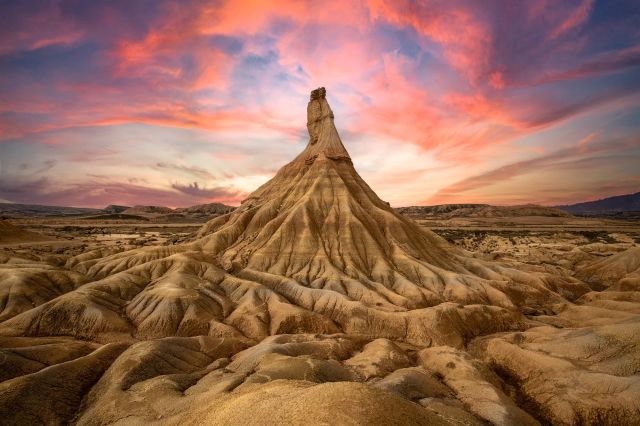
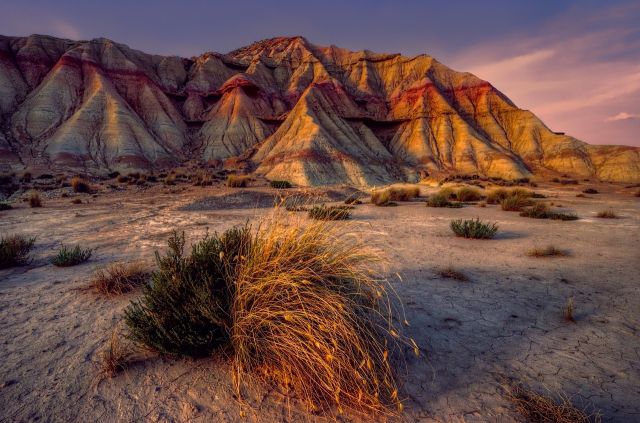
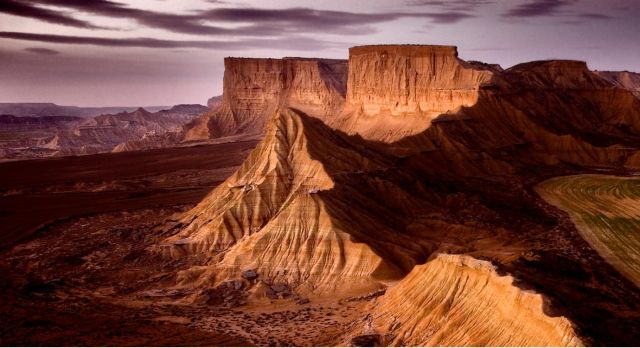
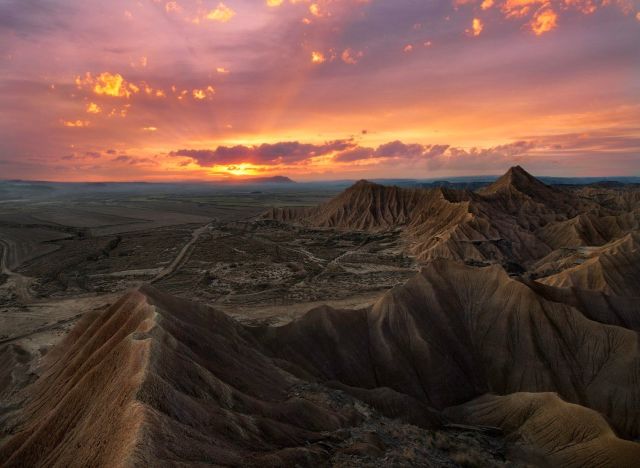
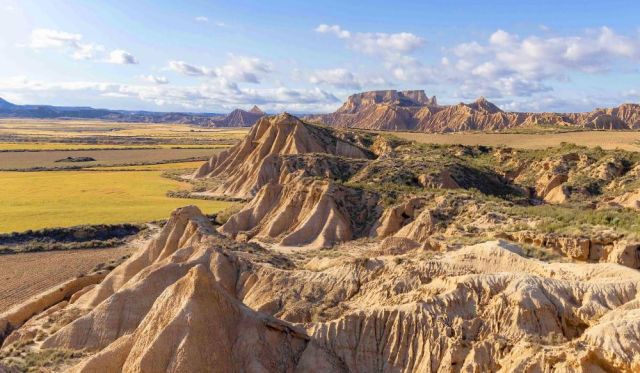
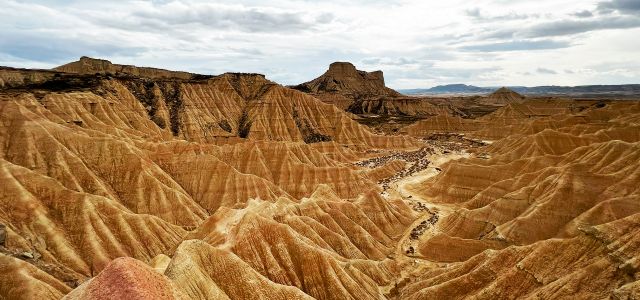
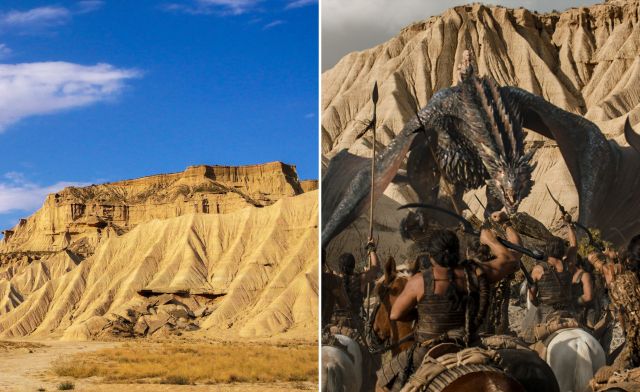







OLITE
The Castle-Palace of Olite stands tall above the small town of Olite, located in central Navarre, about 42 kilometers south of Pamplona. In the Middle Ages, this town was the seat of the Royal Court of the Kingdom of Navarre.
The castle’s thick stone walls and towers with battlements once housed kings, queens, and princesses. In 1925, it was declared a national monument. Today, it’s considered the best example of Gothic civil architecture in Navarre and one of the most impressive in all of Europe.
Walking through Olite feels like stepping back in time - you’ll see narrow streets lined with noble stone houses, many with family crests on their walls and beautiful carved wooden roofs. You’ll also pass medieval walkways, grand churches, and even the remains of a Roman wall that once protected the town.

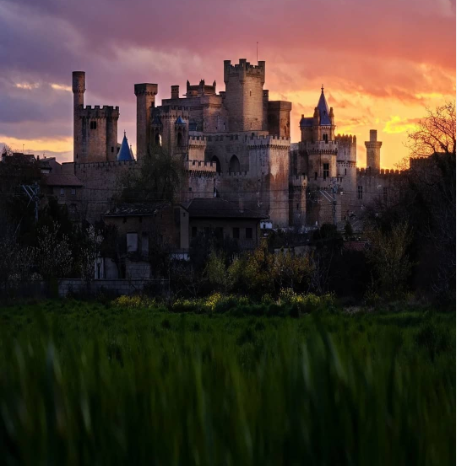
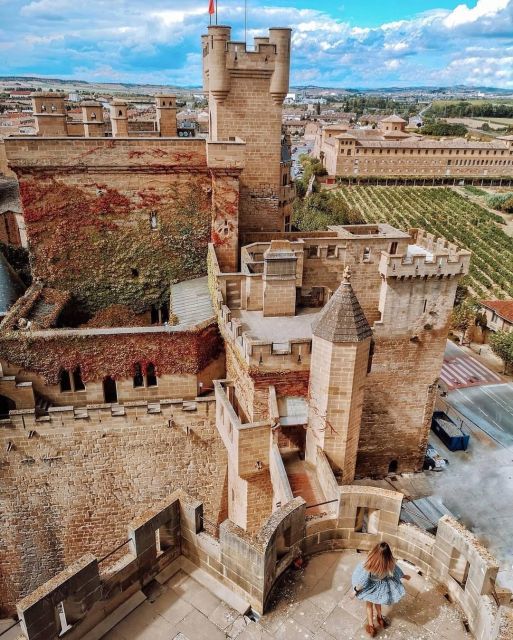
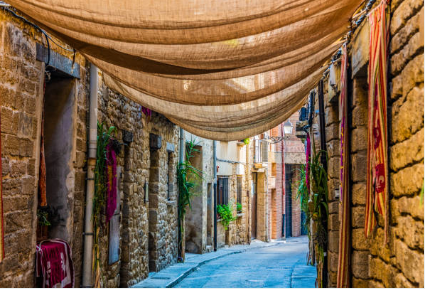
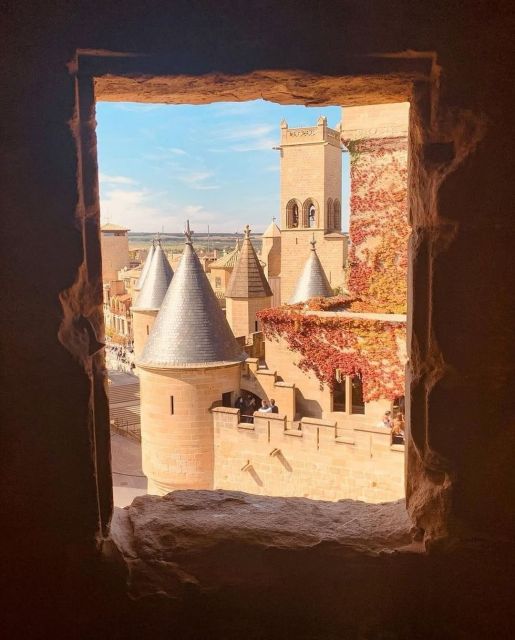
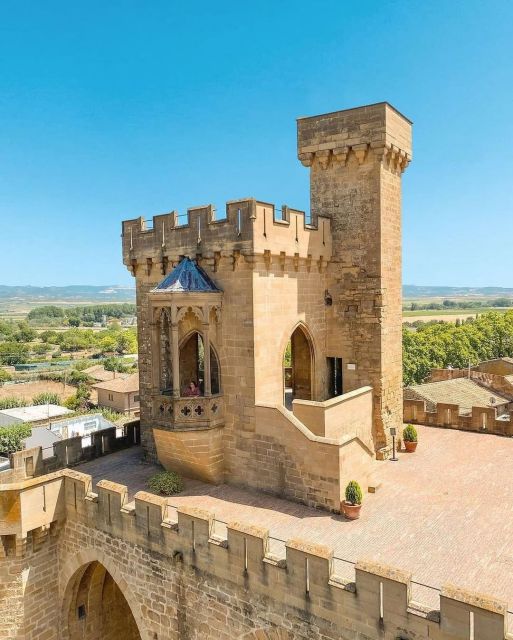
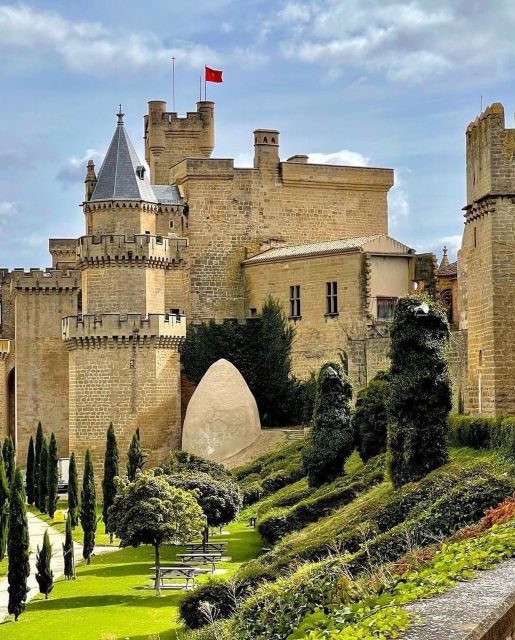
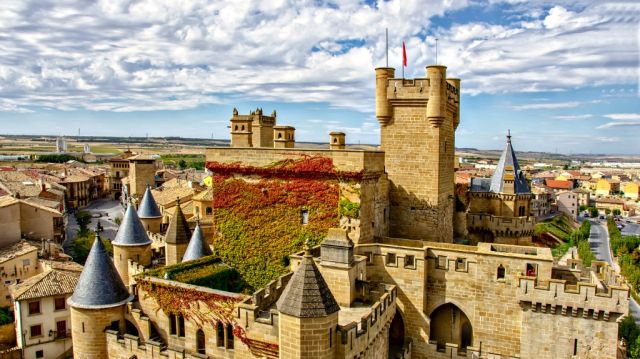
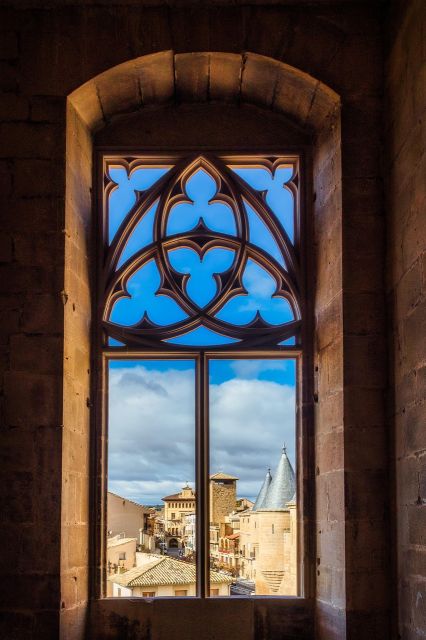
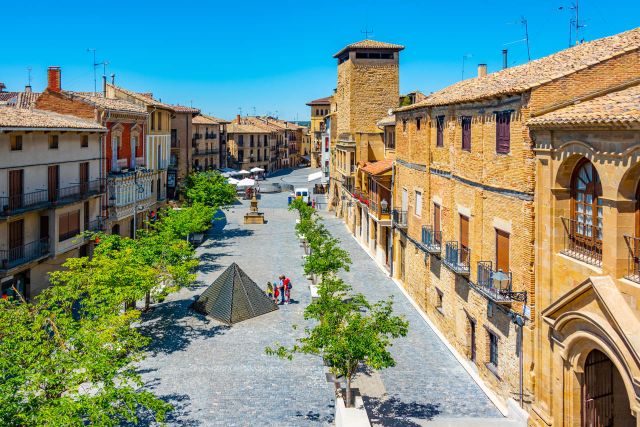
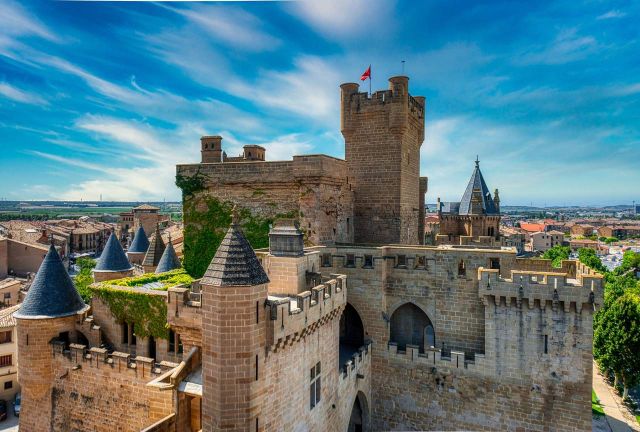











Palace of Olite
The Palace of the Kings of Navarre was one of the royal residences used by the court, especially during the reign of King Charles III “the Noble”. It remained an important royal site until 1512, when the Kingdom of Navarre was united with Castile.
In 1813, most of the palace was destroyed by fire during the Napoleonic Wars. The fire was set on purpose by General Espoz y Mina to prevent French troops from using it. Only the church next to the palace survived the damage.
Restoration work began in 1937 and continued for about 30 years. The goal was to bring back the palace’s original look. While much of the building was rebuilt, some of the interior decorations and garden areas were lost and could not be restored.
TUDELA
Tudela is the second largest city in Navarre and boasts an important historic center with churches and old palaces. However, the jewel of the city is its cathedral, a mixture of architectural styles. Discover the Arab, Jewish, and Christian past of Tudela, the capital of the Ribera. You’ll get to know the most important corners of this beautiful town in Navarre.
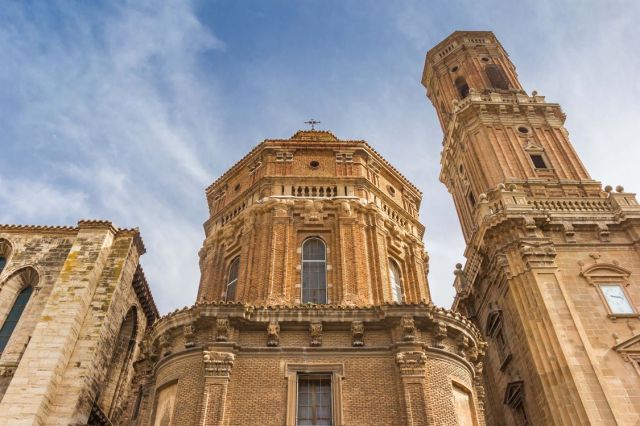
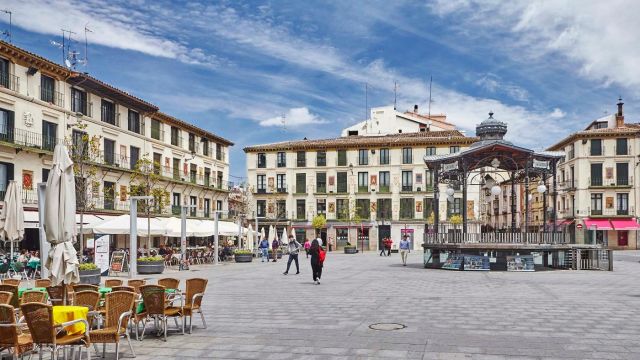
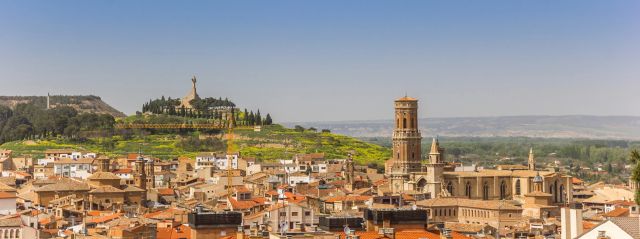
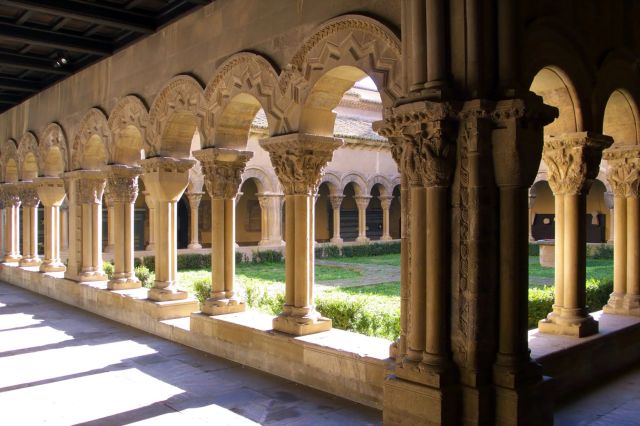
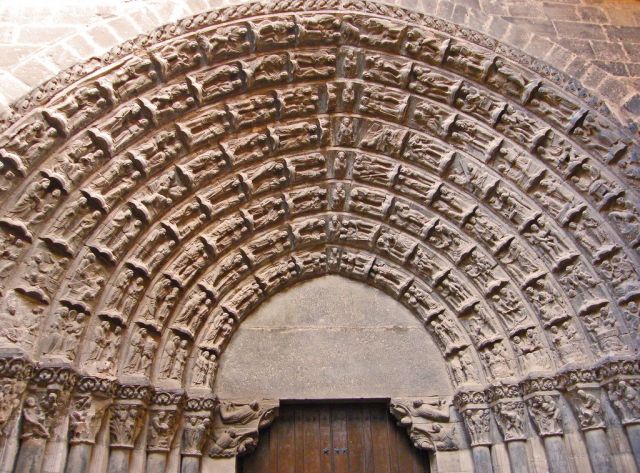
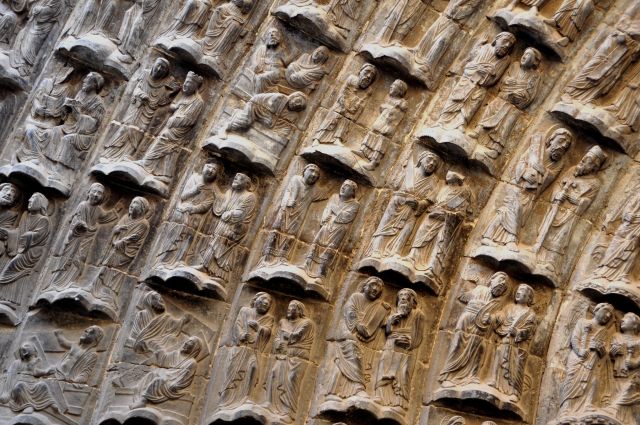






Cathedral of Tudela
The Cathedral of Tudela is the most important landmark in the city and one of the most impressive in Navarre. It was built on the site of an old mosque, showing the city’s diverse cultural past.
The cathedral was originally planned as a collegiate church (a church led by a group of priests), and its architecture is a mix of styles. The oldest parts were built in the Romanesque style, while Gothic elements were added later in the 13th century as styles changed over time.
Because of its historical and artistic value, the cathedral was declared a National Monument in 1884.
Palace of the Marquis of Huarte
The Palace of the Marquis of Huarte is located in Tudela’s old town, just outside the original city walls built during the Arab period. It’s the best example of Baroque civil architecture in the Ribera de Navarra region. To build the palace, three old medieval houses were joined together to create one large, grand home.
The palace stands out for its richly decorated main façade and its beautiful interior. Inside, visitors can admire an elegant courtyard, an impressive roof structure, and most famously, the double imperial staircase - considered one of the most stunning in Navarre.
PRICE
PRICE
